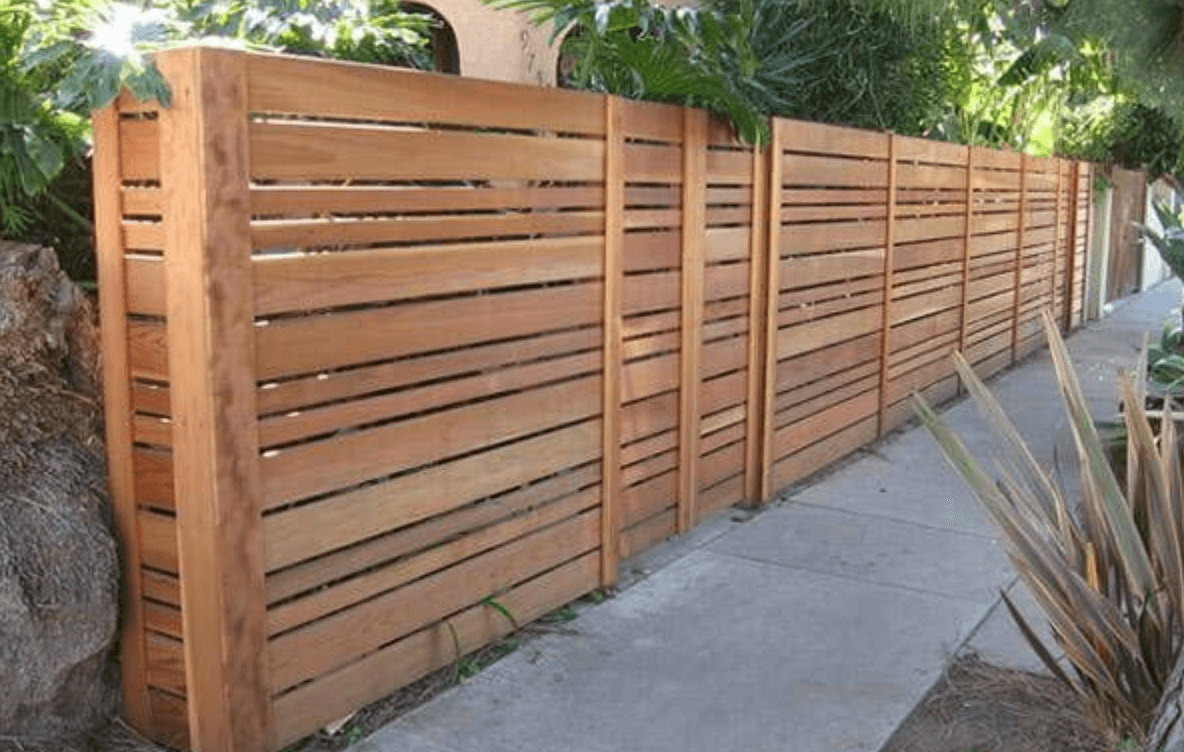All Categories
Featured

Creating a customized fence is an excellent method to boost your residential or commercial property's safety and security, capability, and aesthetic allure. Unlike conventional fencings, custom designs allow you to customize every aspect to your choices and requirements. Exactly how exactly do you go about developing a custom fencing? Below's a malfunction of the process, from initial ideas to installation.
Action 1: Recognizing Your Requirements. The initial step is to plainly specify what you want your fence to accomplish.
Functionality: Are you trying to find personal privacy, security, or ornamental worth? Aesthetic Objectives: Take into consideration exactly how the fencing matches your property's design and landscaping. Special Functions: Do you require gateways, illumination, or distinct products? This clarity guarantees that the task straightens with your vision and objective.
Step 2: Consultation with a Fencing Professional. Once you have actually identified your goals, schedule a consultation with a reputable secure fencing company.
Website Evaluation: Specialists will evaluate your residential or commercial property's measurements, surface, and any type of prospective obstacles. Initial Ideas: Share your vision, consisting of illustrations, pictures, or examples of styles you like. This stage helps establish a structure for a fencing tailored to your particular residential or commercial property and choices.
Action 3: Material Choice. The products you pick will certainly affect the fence's upkeep, look, and resilience requirements. Typical alternatives include:
Wood: Supplies a traditional look and adjustable designs, yet requires normal upkeep. Plastic: Long lasting, low-maintenance, and offered in a variety of shades and appearances. Steel: Wrought iron or aluminum is suitable for security and an upscale appearance. Composite: Incorporates the charm of timber with boosted toughness and eco-friendliness. Your fence specialist can advise materials based upon your budget plan, design, and climate preferences.

Step 4: Style Advancement. With your materials and objectives selected, the layout process starts.
Customized Layouts: Designers create comprehensive sketches or 3D designs that reflect your residential or commercial property's design and one-of-a-kind components. Including Functions: Include gates, latticework, or other accents to make your fencing stand out. Changes: Testimonial the layout and make alterations till it's precisely what you pictured. This phase is crucial for ensuring your fence fulfills both aesthetic and functional demands.
Step 5: Authorizations and Permits. Before construction begins, you'll need to make certain conformity with regional policies.
Zoning and Constructing Codes: Confirm that the style meets neighborhood height, product, and placement restrictions. HOA Authorization: If suitable, send the design for testimonial by your home owner's association. A professional fencing company often handles this documentation for you.
Step 6: Site Prep work. When authorizations are safeguarded, preparation for installment starts.

Clearing Up the Area: Eliminate any type of plants, debris, or old fence. Marking Home Lines: Exact border noting ensures your fence is installed correctly. Gauging and Preparation: Installers detail the specific placement of panels and articles. This step ensures a smooth and effective installment process.
Action 7: Fence Installment. The installation stage brings your vision to life.
Structure Work: Articles are established securely to provide a steady base for the fence. Building and construction: Panels, gateways, and attractive aspects are constructed and mounted according to the design strategy. Focus to Detail: Installers focus on both architectural stability and aesthetic placement to make certain the fence meets high criteria. Tip 8: Final Evaluation and Adjustments. After installment, the fence goes through a complete review.
Top Quality Check: Make certain the fencing is effectively secured, straight, and without issues. Layout Accuracy: Validate that the ended up product matches the authorized layout. Any small changes or touch-ups are made throughout this stage to accomplish perfection.
Step 9: Maintenance Recommendations. To maintain your custom-made surround top problem, the secure fencing company will certainly offer maintenance advice.
Material-Specific Tips: Find Out how to care and cleanse for your fencing based upon its products. Service Warranty Details: Understand coverage for handiwork and products for included comfort. Conclusion. The process of getting a personalized fence layout is a collaborative journey that guarantees your fencing meets your distinct needs and improves your property's worth. By collaborating with knowledgeable experts, you'll delight in a hassle-free experience and a fence that is as sturdy as it is stunning. Whether for industrial or property use, a personalized fence is a beneficial financial investment in performance and style.
Latest Posts
Find the Greatest Auto Repair Offers in Montclare, Chicago
Published May 27, 25
1 min read
Uncover Cost-Effective Auto Repairs with Montclare’s Exclusive Service Specials
Published May 25, 25
1 min read
Understanding Roof Covering Guarantees: What Homeowners Need To Know
Published May 24, 25
1 min read
More
Latest Posts
Find the Greatest Auto Repair Offers in Montclare, Chicago
Published May 27, 25
1 min read
Uncover Cost-Effective Auto Repairs with Montclare’s Exclusive Service Specials
Published May 25, 25
1 min read
Understanding Roof Covering Guarantees: What Homeowners Need To Know
Published May 24, 25
1 min read